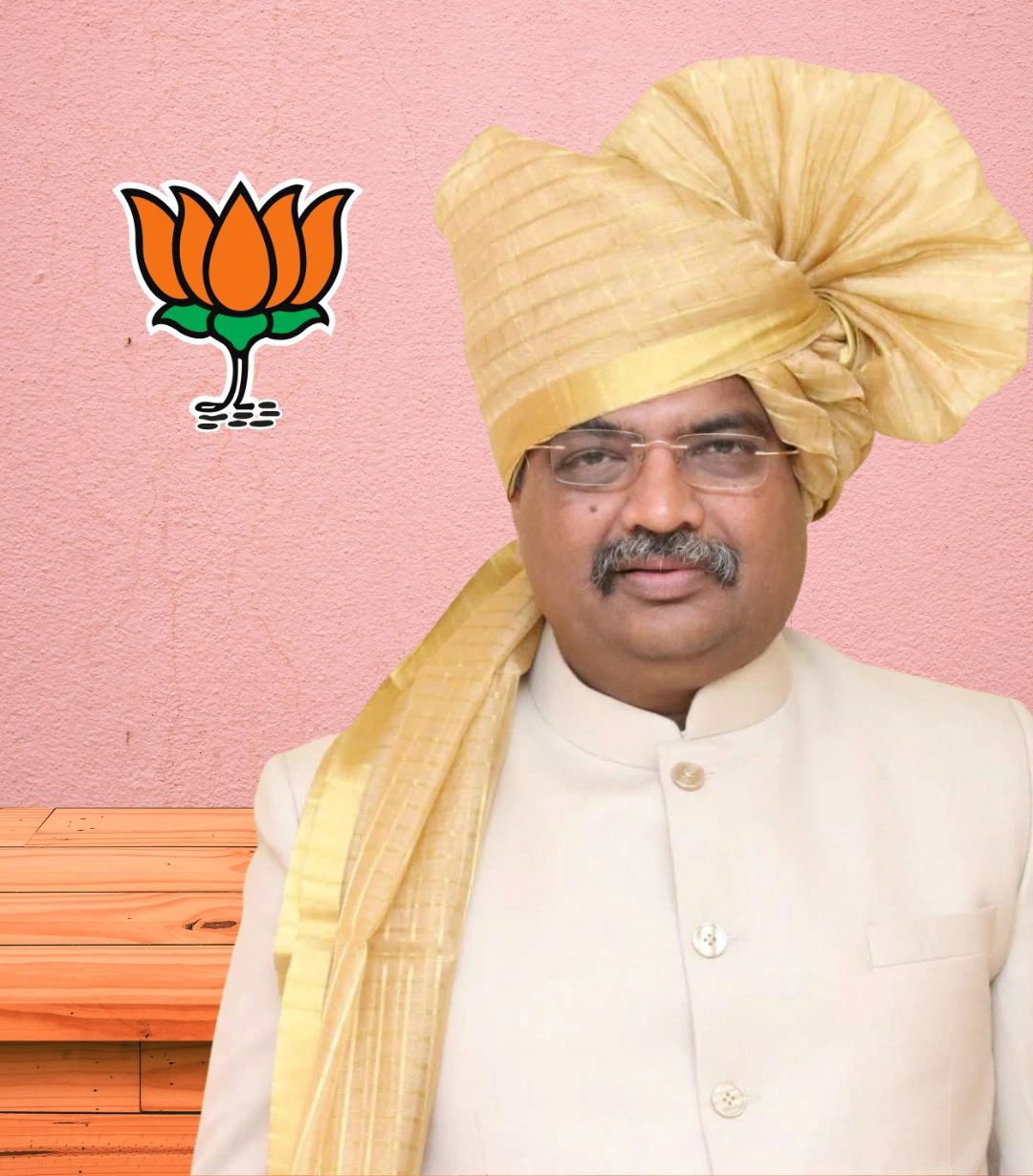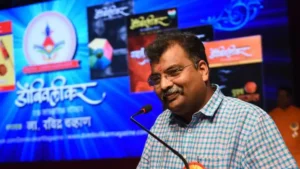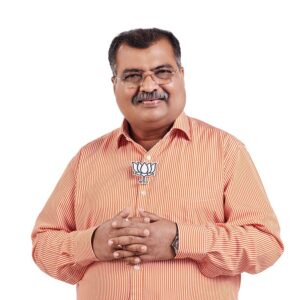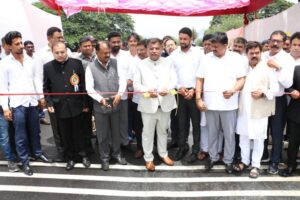India has become a world leader in digital transformation due to the visionary guidance of Prime Minister Narendra Modi. We live in a time when digital connectivity defines progress. The Digital India campaign, which began on July 1, 2015, has brought about changes in government, service delivery, and individual empowerment that have never been seen before. People worldwide now praise the change, which has spread to every part of the country and made it a digital powerhouse on the world stage.
Digital India: Dreams of Empowerment
India wants to become a knowledge-based economy and digitally empowered society. This is what led to the creation of the Digital India program. Accessibility, inclusion, and empowerment have been essential to Prime Minister Modi’s method, ensuring that all citizens can use digital tools. Digital infrastructure, from small villages to big cities, is vital to India’s government and growth model.
Internet Access Nationwide
The growth of internet connections is one of the most impressive things that Prime Minister Modi has done. Even the country’s most rural and remote parts are now digitally linked, breaking down long-standing barriers that kept people out. Because of this, digital literacy has grown by leaps and bounds, making it easier for students and small businesses to participate in the economy.
Direct Benefit Transfer (DBT): Cutting Out the Middlemen
Setting up the Direct Benefit Transfer (DBT) method was a big step towards making the government more open and effective. Government programs send money directly to people’s bank accounts through the Digital India system, eliminating the need for intermediaries. This has not only stopped corruption but also ensured that the most defenceless people in society get help when they need it.
UPI and Global Recognition of India’s Digital Payment Success
The Unified Purchases Interface (UPI) has changed how Indians do business by making purchases quick, safe, and easy. Even more amazing is that UPI works in seven countries, including the UAE, Singapore, and France. India is a world leader in digital banking, and UPI is now available in more countries. France became the first European country to enable the Indian UPI system, said Minister Kirti Vardhan Singh. This makes India look more trustworthy when it comes to digital innovation.
Game-Changing Digital Services Making Lives Better
India’s digital revolution isn’t just about making payments but also about improving daily life. Platforms like e-Sanjeevani, DigiLocker, CoWIN, Aarogya Setu, DigiYatra, and UMANG have made it easier for the government to provide services. CoWIN organised the biggest vaccination drive in the world, and e-Sanjeevani used telemedicine to bring health care to people’s houses. These new ideas have helped many people and show that the government wants everyone to benefit from digital growth.
Digital Portals Simplify Governance
Digital governance has changed how different departments do their work as bureaucrats. The Parivesh site, run by the Ministry of Environment, Forest, and Climate Change, is a great example. This platform has sped up, made clear, and held people more responsible for environmental clearances. Due to digital tools, people and businesses now must deal with less red tape. In the past, delays and manual actions caused more problems.
Indian Digital Reputation Rising Globally
Kirti Vardhan Singh, the Union Minister of State, has said many times that India’s digital revolution is now praised and known worldwide. During his trips abroad, he heard foreign officials and people praise India’s progress in technology and government. India does not just participate in the global digital economy; it also helps shape the digital future.
Digital India: Build a Self-Reliant Nation
Gurukilli, or “master key,” digital India has become the key to making India self-sufficient and free of corruption. It gives businesses more power, makes it easier to access public services, and encourages people of all ages and backgrounds to join the economy. This digital foundation is essential for the government to make India a developed country by 2047, when we celebrate 100 years of freedom.
Rising Digital Literacy and Citizen Participation
Due to the Digital India goal, many people of all ages, especially those living in rural and semi-urban areas, now know how to use technology. People are more aware of, knowledgeable about, and involved in government through tools like MyGov and the UMANG app because more people have access to smartphones and internet services. This digital inclusion has made it easier for the people to talk to the government and encouraged a sense of democracy and responsibility among the people.
Conclusion
India’s Prime Minister Narendra Modi has led an inspiring digital change that has set the stage for a modern, fair, and empowering society. India is taking a new approach to growth and government, with internet access in villages and UPI making payments digitally accepted worldwide. One click at a time; the country is unlocking its huge potential as people learn how to use and enjoy digital tools. This isn’t just a success story; the world should follow this lead. Ravindra Chavan is a proud supporter of Prime Minister Narendra Modi’s Digital India vision, which aims to create a future that is connected, empowered, and globally respected.

 Facebook
Facebook Twitter
Twitter LinkedIn
LinkedIn Email
Email



